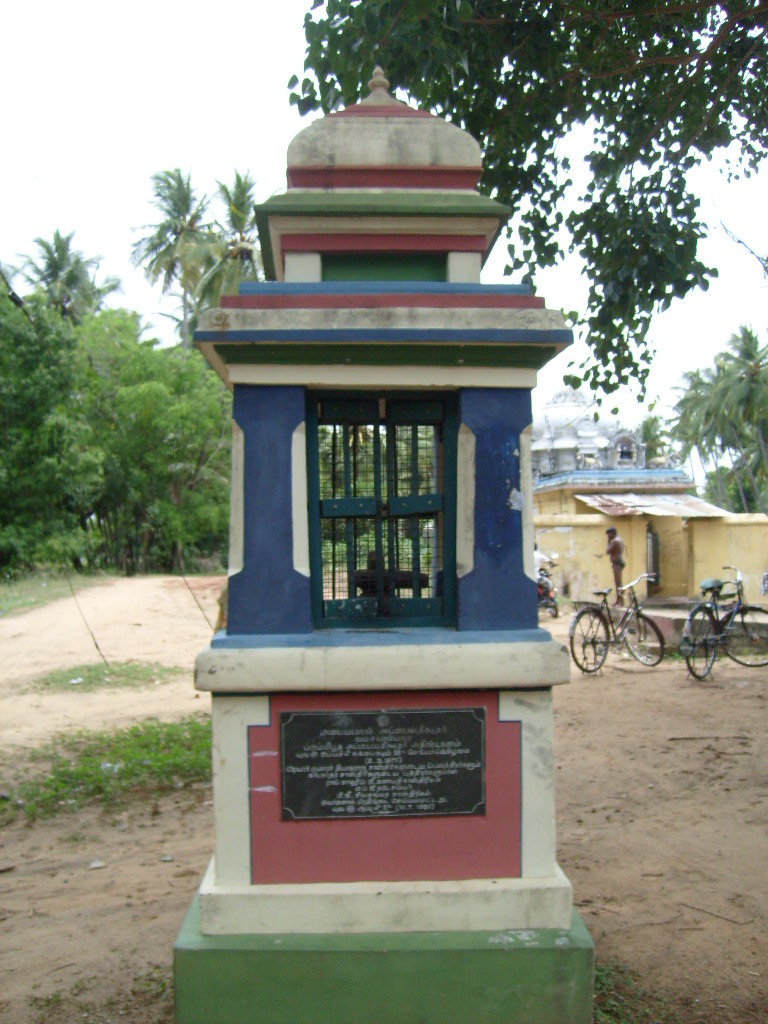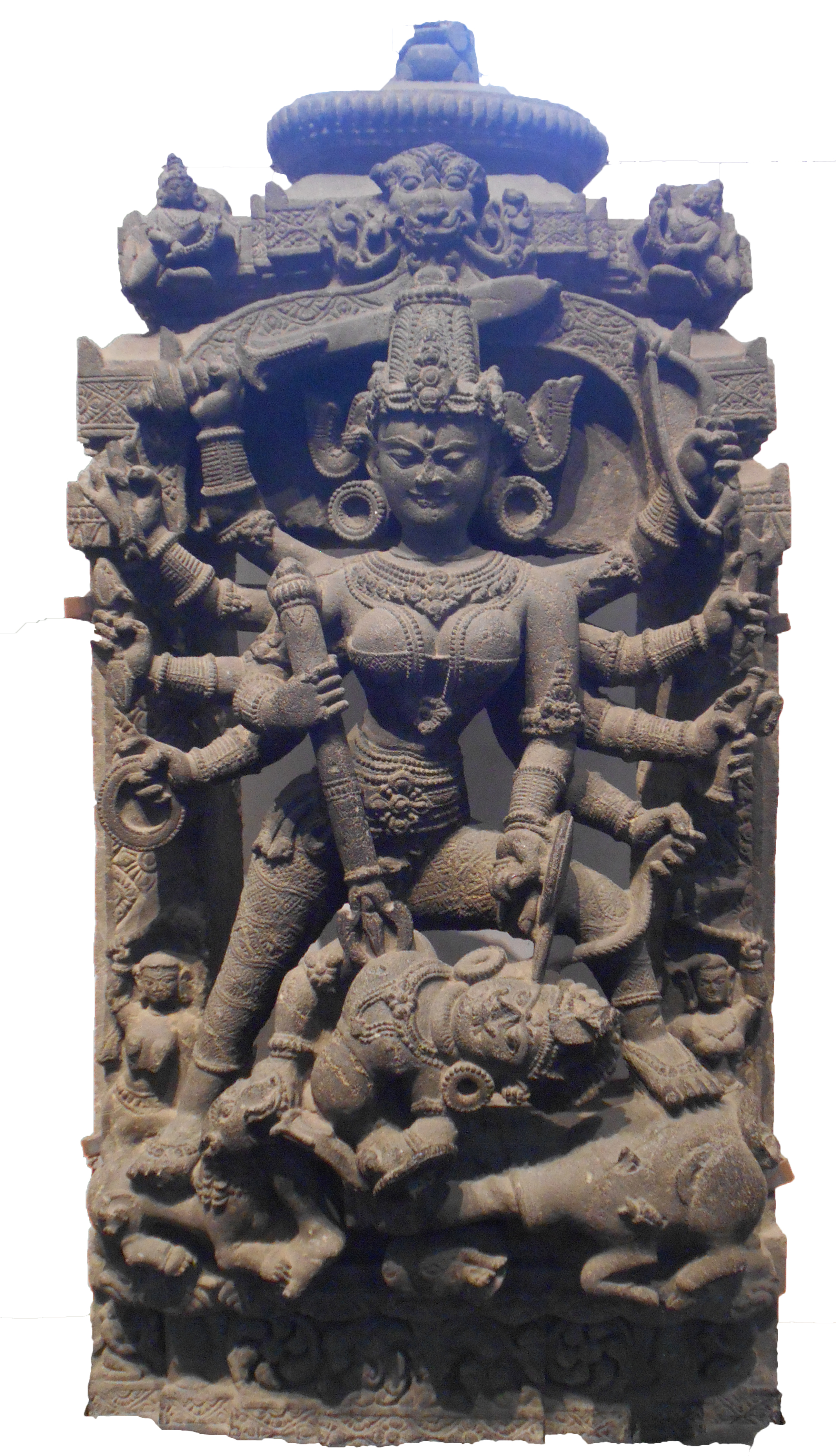|
Nīlakaṇṭha Caturdhara
Neelakantha Chaturdhara (, IAST: ''Nīlakaṇṭha Caturdhara'') (also referred as Neelakantha Chaturdhar) was a scholar who lived in Varanasi in the later half of the 17th century, famous for his commentary on the Mahabharata. References Further readingby Christopher Minkowski, ''India Seminar'' No. 608 (April 2010). External links * {{DEFAULTSORT:Chaturdhara, Neelakantha Indian Sanskrit scholars Mahabharata Year of death unknown Year of birth unknown 17th-century Indian scholars Scholars from Varanasi ... [...More Info...] [...Related Items...] OR: [Wikipedia] [Google] [Baidu] |
IAST
The International Alphabet of Sanskrit Transliteration (IAST) is a transliteration scheme that allows the lossless romanisation of Brahmic family, Indic scripts as employed by Sanskrit and related Indic languages. It is based on a scheme that emerged during the 19th century from suggestions by Sir Charles Trevelyan, 1st Baronet, Charles Trevelyan, William Jones (philologist), William Jones, Monier Monier-Williams and other scholars, and formalised by the Transliteration Committee of the Geneva International Congress of Orientalists, Oriental Congress, in September 1894. IAST makes it possible for the reader to read the Indic text unambiguously, exactly as if it were in the original Indic script. It is this faithfulness to the original scripts that accounts for its continuing popularity amongst scholars. Usage Scholars commonly use IAST in publications that cite textual material in Sanskrit, Pāḷi and other classical Indian languages. IAST is also used for major e-text repos ... [...More Info...] [...Related Items...] OR: [Wikipedia] [Google] [Baidu] |
Appayya Dīkṣita
Appayya Dikshita (IAST '), 1520–1593 CE, was a performer of yajñas as well as an expositor and practitioner of the Advaita Vedanta school of Hindu philosophy but with a focus on Shiva or Shiva Advaita. Life Appayya Dikshitar was born as Vinayaka Subramanian in Adayapalam, near Arani in the Tiruvannamalai district, in the Krishna Paksha of the Kanya month of Pramateecha Varsha under the Uttara Proushthapada constellation of the Hindu calendar. His father’s name was Rangarajadhwari. Appaya had the name Vinayaka Subramanya after the Namakarana or naming ceremony took place. Acharya Dikshitar or Acchan Dikshitar was the younger brother of Appayya. Appayya studied the Hindu scriptures under his Guru, Rama Kavi. He completed the fourteen Vidyas at his young age. Dikshitar travelled widely, entering into philosophical disputations and controversies in many centers of learning. He had the rare good fortune of being revered and patronized in his own lifetime by kings ... [...More Info...] [...Related Items...] OR: [Wikipedia] [Google] [Baidu] |
Year Of Birth Unknown
A year is a unit of time based on how long it takes the Earth to orbit the Sun. In scientific use, the tropical year (approximately 365 solar days, 5 hours, 48 minutes, 45 seconds) and the sidereal year (about 20 minutes longer) are more exact. The modern calendar year, as reckoned according to the Gregorian calendar, approximates the tropical year by using a system of leap years. The term 'year' is also used to indicate other periods of roughly similar duration, such as the lunar year (a roughly 354-day cycle of twelve of the Moon's phasessee lunar calendar), as well as periods loosely associated with the calendar or astronomical year, such as the seasonal year, the fiscal year, the academic year, etc. Due to the Earth's axial tilt, the course of a year sees the passing of the seasons, marked by changes in weather, the hours of daylight, and, consequently, vegetation and soil fertility. In temperate and subpolar regions around the planet, four seasons ar ... [...More Info...] [...Related Items...] OR: [Wikipedia] [Google] [Baidu] |
Indian Sanskrit Scholars
Indian or Indians may refer to: Associated with India * of or related to India ** Indian people ** Indian diaspora ** Languages of India ** Indian English, a dialect of the English language ** Indian cuisine Associated with indigenous peoples of the Americas * Indigenous peoples of the Americas ** First Nations in Canada ** Native Americans in the United States ** Indigenous peoples of the Caribbean ** Indigenous languages of the Americas Places * Indian, West Virginia, U.S. * The Indians, an archipelago of islets in the British Virgin Islands Arts and entertainment Film * Indian (film series), ''Indian'' (film series), a Tamil-language film series ** Indian (1996 film), ''Indian'' (1996 film) * Indian (2001 film), ''Indian'' (2001 film), a Hindi-language film Music * Indians (musician), Danish singer Søren Løkke Juul * "The Indian", an List of songs recorded by Basshunter#Unreleased songs, unreleased song by Basshunter * Indian (song), "Indian" (song), by Sturm und ... [...More Info...] [...Related Items...] OR: [Wikipedia] [Google] [Baidu] |
Critical Edition
Textual criticism is a branch of textual scholarship, philology, and literary criticism that is concerned with the identification of textual variants, or different versions, of either manuscripts (mss) or of printed books. Such texts may range in dates from the earliest writing in cuneiform, impressed on clay, for example, to multiple unpublished versions of a 21st-century author's work. Historically, scribes who were paid to copy documents may have been literate, but many were simply copyists, mimicking the shapes of letters without necessarily understanding what they meant. This means that unintentional alterations were common when copying manuscripts by hand. Intentional alterations may have been made as well, for example, the censoring of printed work for political, religious or cultural reasons. The objective of the textual critic's work is to provide a better understanding of the creation and historical transmission of the text and its variants. This understanding may lead ... [...More Info...] [...Related Items...] OR: [Wikipedia] [Google] [Baidu] |
Clay Sanskrit Library
The Clay Sanskrit Library is a series of books published by New York University Press and the JJC Foundation. Each work features the text in its original language (transliterated Sanskrit) on the left-hand page, with its English translation on the right. The series was inspired by the Loeb Classical Library, and its volumes are bound in teal cloth. History The Clay Sanskrit Library (CSL) is the product of the JJC Foundation, a charitable foundation established by John P. and Jennifer Clay, along with New York University Press. John Peter Clay was born in Paterson, New Jersey in 1934. He won a scholarship to attend St Paul's School, London in 1947. In 1951, he was offered a full scholarship by the Queen’s College, Oxford, where he achieved a First-class degree in Sanskrit, Old Persian and Avestan. He was later appointed an Honorary Fellow of the Queen's College. On leaving Oxford, Clay joined Vickers da Costa, a stockbroking firm based in the City of London. He spent 25 years ... [...More Info...] [...Related Items...] OR: [Wikipedia] [Google] [Baidu] |
Kisari Mohan Ganguli
Kisari Mohan Ganguli (also K. M. Ganguli) was an Indian translator known for being the first to provide a complete translation of the Sanskrit epic Mahabharata in English. His translation was published as ''The Mahabharata of Krishna-Dwaipayana Vyasa Translated into English Prose'' between 1883 and 1896, by Pratap Chandra Roy (1842–1895), a Calcutta bookseller who owned a printing press and raised funds for the project. Publication of the translation The "Translator's Preface" in Book 1: Adi Parva, Ganguli mentions the sequence of events that led to the publication. Sometime in the early 1870s, Pratapa Chandra Roy, with Babu Durga Charan Banerjee, visited Ganguli at his home in Shibpur in Howrah, Bengal, requesting him to take up the translation project, which he took up after initial reluctance and a second meeting, when extensive plans were drawn, and the copy of a translation by Max Müller was left behind, made some thirty years ago, which on study Ganguli found to be lit ... [...More Info...] [...Related Items...] OR: [Wikipedia] [Google] [Baidu] |
Devi Bhagavata Purana
The Devi Bhagavata Purana (, '), also known as the Devi Purana or simply Devi Bhagavatam, is one of the eighteen Mahapurana (Hinduism), Mahapuranas as per Shiva Purana of Hinduism. Composed in Sanskrit language, Sanskrit by Vyasa, Veda Vyasa, the text is considered a major purana for Devi worshippers (Shaktism, Shaktas). It promotes ''bhakti'' (devotion) towards Mahadevi, integrating themes from the Shaktadvaitavada tradition (a syncretism of Samkhya and Advaita Vedanta). While this is generally regarded as a Shakta Purana, some scholars such as Dowson have also interpreted this Purana as a Shaivism, Shaiva Purana. The Purana consists of twelve cantos with 318 chapters. Along with the ''Devi Mahatmya'', it is one of the most important works in Shaktism, a tradition within Hinduism that reveres Devi or Shakti (Goddess) as the primordial creator of the universe, and as Brahman (ultimate truth and reality). It celebrates the divine feminine as the origin of all existence: as th ... [...More Info...] [...Related Items...] OR: [Wikipedia] [Google] [Baidu] |
Varanasi
Varanasi (, also Benares, Banaras ) or Kashi, is a city on the Ganges river in northern India that has a central place in the traditions of pilgrimage, death, and mourning in the Hindu world.* * * * The city has a syncretic tradition of Islamic artisanship that underpins its religious tourism.* * * * * Located in the middle-Ganges valley in the southeastern part of the state of Uttar Pradesh, Varanasi lies on the left bank of the river. It is to the southeast of India's capital New Delhi and to the southeast of the state capital, Lucknow. It lies downstream of Prayagraj, where the confluence with the Yamuna river is another major Hindu pilgrimage site. Varanasi is one of the world's oldest continually inhabited cities. Kashi, its ancient name, was associated with a kingdom of the same name of 2,500 years ago. The Lion capital of Ashoka at nearby Sarnath has been interpreted to be a commemoration of the Buddha's first sermon there in the fifth century BCE. In the ... [...More Info...] [...Related Items...] OR: [Wikipedia] [Google] [Baidu] |





